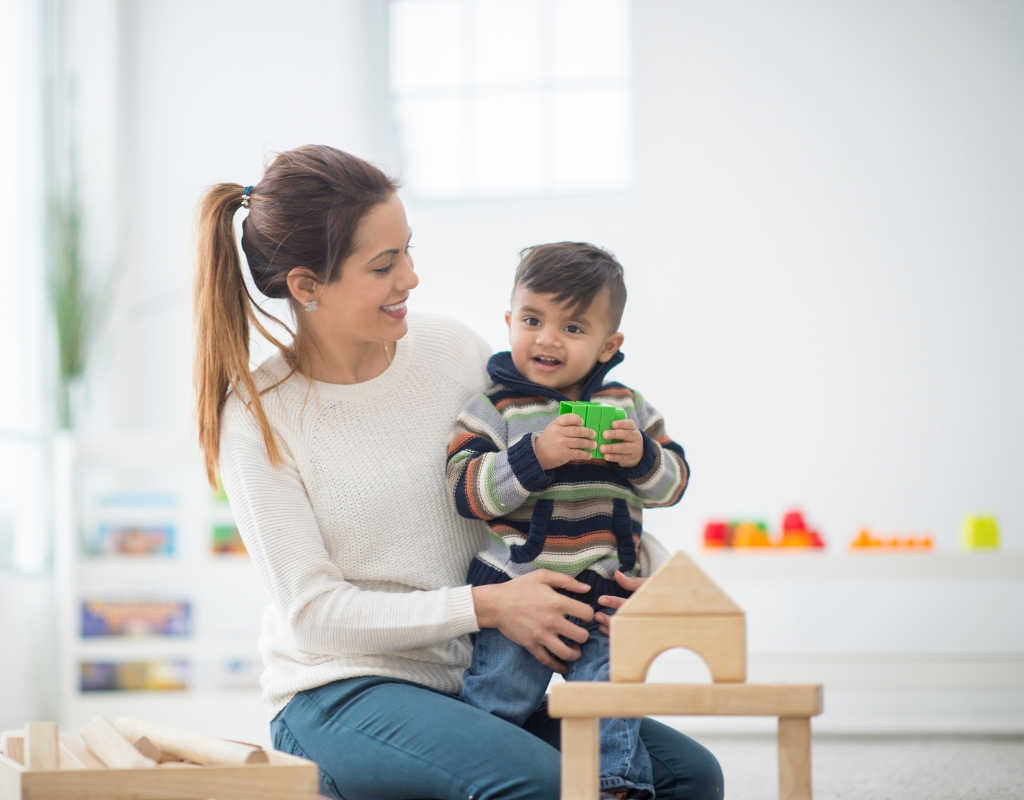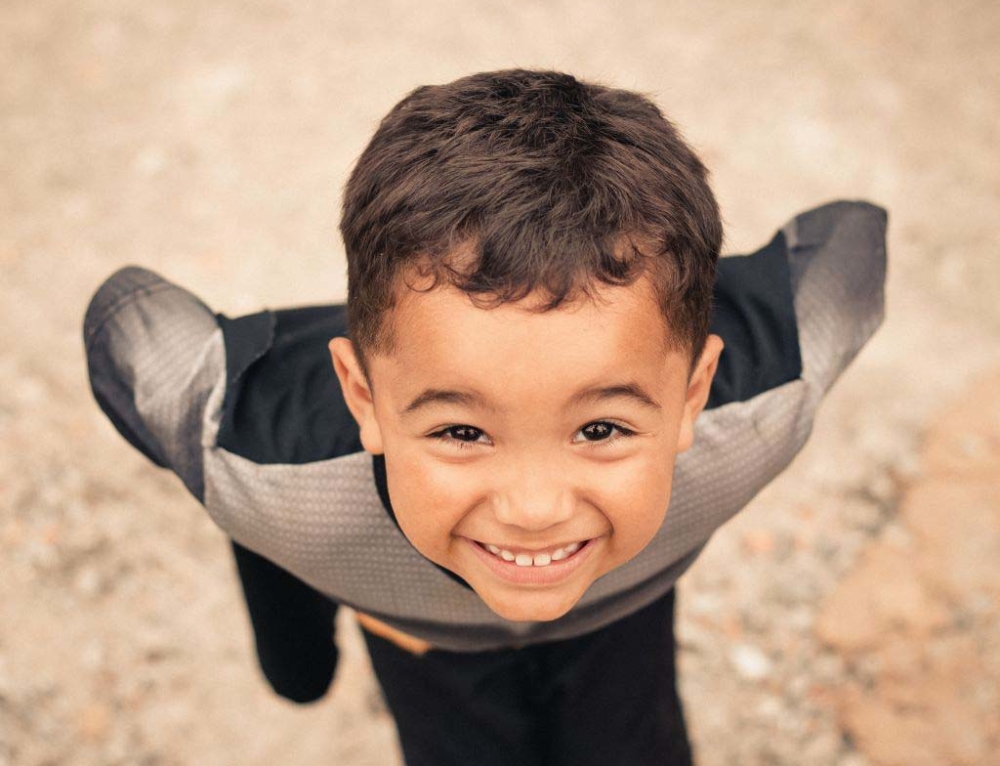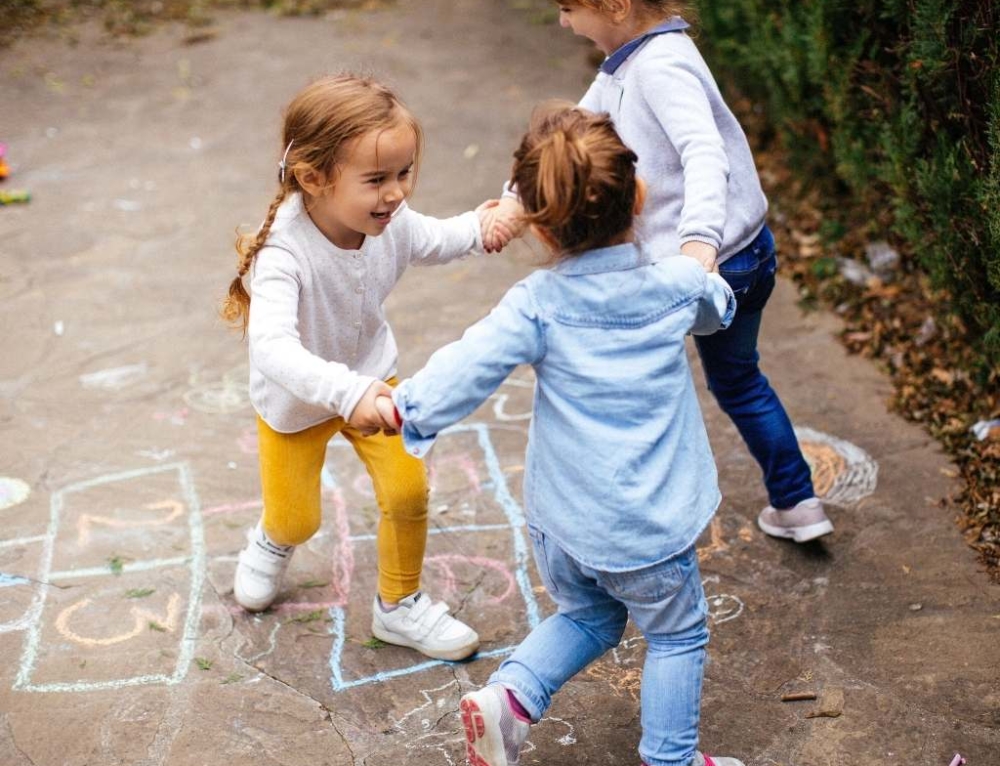Sponsored content
The arrival of a new sibling is a major transition for young children. Settling them into daycare before the baby arrives, rather than after the baby’s arrival can make a big difference. The child has a chance to establish a sense of belonging at the centre, without feeling pushed away, and relationships with others have a chance to grow. It brings ‘normality’ during a big change.
Of all the adjustments our young tamariki (children) face in life, perhaps the biggest and most impactful is the addition of a new baby to the family. This is certainly the case when they go from being the only child to the oldest, but is still true to move spots from the youngest to the middle in a family of three or more. We might think of practical preparations for the soon-to-be sibling: reading books, talking together, sharing scan photos or the scan itself, and involving our child in setting up the baby’s space.
Continuing their normal
Practical steps are all really useful, but another important preparation is ensuring they’re really settled at their Early Childhood Centre before baby’s arrival. This isn’t for our sake, even though it gives some space to meet a newborn’s needs and get some rest. It’s for our now-oldest/older child, as a way of continuing their ‘normal’ when their world is so drastically changed. Amidst all the ‘not-normal’ they’re encountering, it gives them a place of their own, and the rhythms and rituals of the space will ‘hold them’ – even with this big life event, the setting stays stable. There will still be ‘wobbles’ for the child, of course, but less so than if everything in their life is new, unusual, and possibly unsettling at the very same time.
If we try to start their daycare “independence” from us for the first time at that stage (or into a new place they haven’t been), we’re pouring change upon change. The wobble is going to feel seismic! Also, it heightens that feeling that an older sibling naturally gets, that they have been moved aside. Of course it’s not the case and it’s the last thing parents want them to feel, but it’s an almost universal experience that a toddler or preschooler will feel ‘replaced’. We have to remember that with their child-sized-experience, we can’t expect adult-sized reasoning. While we know there’s enough love to go around, our children see it more like pie – what was once all theirs now needs to be divided up. We need to validate rather than dismiss how hard that feels, even when it’s not accurate.
This is why timing matters. We want to start and settle our little one at the daycare setting before baby comes, and not because of baby coming. Those two things feel very different to our young child. If they are familiar and comfortable with the setting before baby is born, they have time to form relationships and grow their sense of belonging. And while it’s true young children (and especially our very attuned, sensitive ones) can start their ‘baby nerves’ during the pregnancy, it’s when baby comes and joins the family that the child’s world is really tilted.

Their own spaces
Our older child having their ECE setting gives them a space that is theirs. If we couple that with ensuring our child still has another space they feel safe in – our company – this tricky transition in their life will feel a little less challenging. If we can ensure that they still have 1:1 time with us, their parent/s, that goes a really long way to ‘topping up their tanks’. Words of reassurance are always nice to give, but it’s the actions that speak loudest to our young tamariki. Time with us is something they feel the impact of, something that heals the hurts they are experiencing from this change in their lives. It doesn’t need to be lengthy time, and it may not be all smiles as our child has to be able to express what’s been bubbling up inside – but it’s together-time, and it matters.
This season of a new baby and new-to-being-a-sibling is full of change, but the constants for our child – their centre and those relationships, and their parents’ love will hold them and help them through.
Article provided by Kindercare Learning Centres.
More about toddlers and preschoolers:







Leave A Comment
You must be logged in to post a comment.